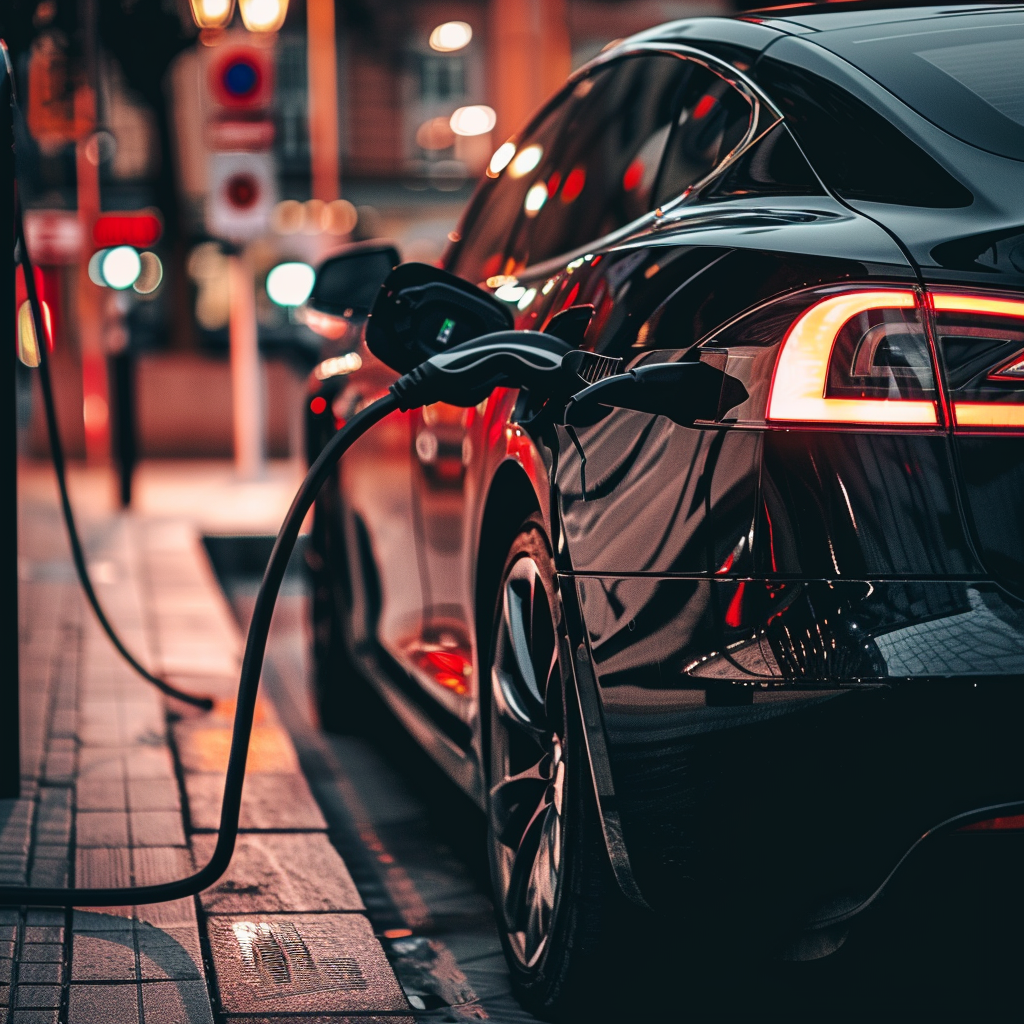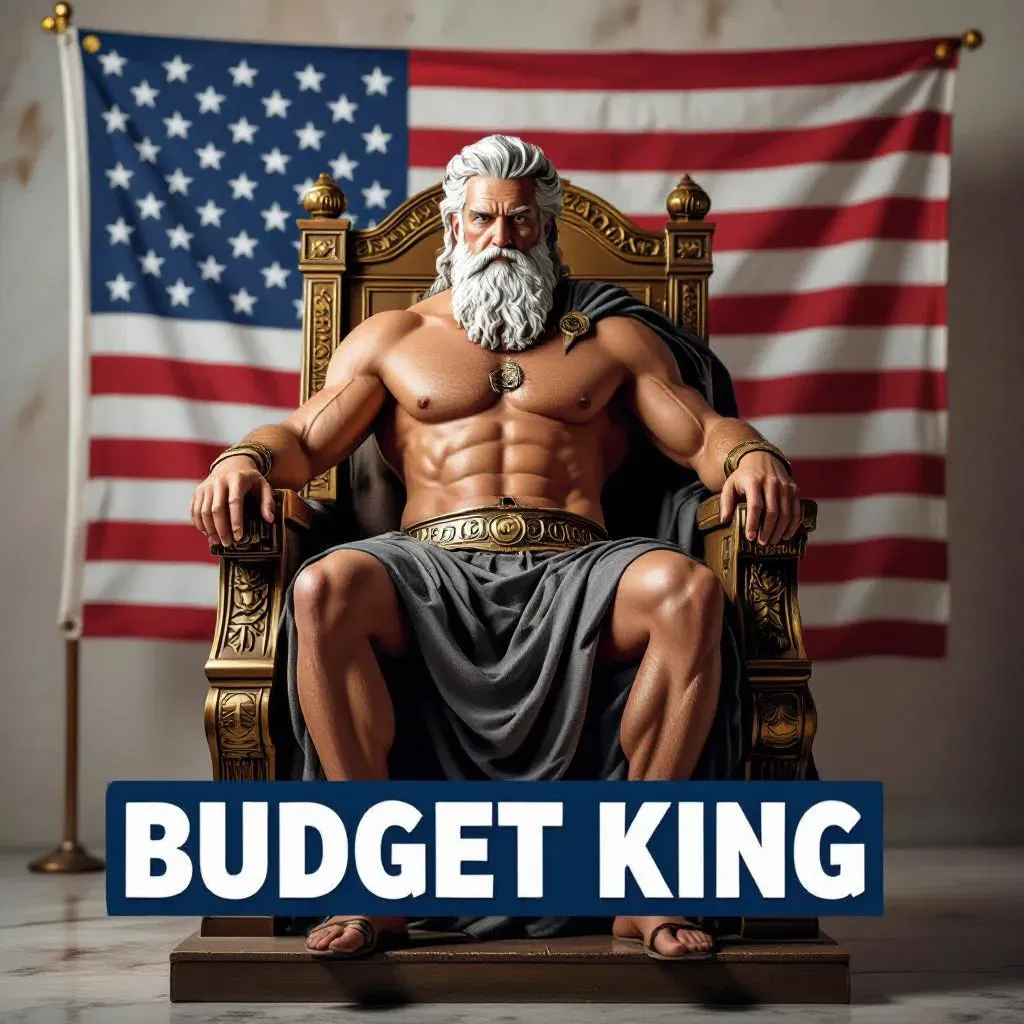You probably heard the news: the Environmental Protection Agency (EPA) recently finalized new vehicle emissions regulations that essentially force Americans into buying electric vehicles.
The actual published regulation is 1,181 pages long… because, that’s what the US economy needs– a thousand more pages added to the 200,000+ existing pages in the Code of Federal Regulations.
But essentially the EPA is forcing vehicle manufacturers to adhere to extremely strict emissions requirements that will be virtually impossible to meet given that over 90% of consumers currently purchase gasoline-powered vehicles.
The only solution for automakers to meet these new standards will be to simply stop producing many of their gasoline-powered models and ramp up production of electric vehicles… even though consumers clearly don’t want this to happen.
Electric vehicles are already more expensive. And deliberately reducing the supply of gasoline-powered vehicles will obviously make those more expensive as well.
So, in either scenario, consumers will have to pay a lot more money to buy a car.
But this new EPA rule is especially idiotic because the current US electrical grid cannot support 50% of cars being electric. And there is no plan to get it there.
According to the Wall Street Journal, there are currently upwards of 80 million distribution transformers— the cylindrical metal boxes— on utility poles across the US.
To reach the EPA’s goal, essentially ALL of these would need to be replaced to have a higher capacity.
Currently only about 660,000 transformers are replaced each year. So, at this rate, America should be ready for the EPA’s mandate by the year 2145, i.e. more than a century behind schedule.
To acquire the massive amounts of copper needed for even larger transformers, public utilities will be competing for materials with electric vehicle, solar panel, and wind turbine producers.
This will drive up the cost of each transformer, which have already risen by 70% since 2018.
They will also have to source a special kind of steel that exactly one producer in the US makes; the company is called Cleveland Cliffs… remember them?
Recently, we discussed how Cleveland Cliffs appealed to the Biden administration, including to the President himself, to kill a deal in which Japanese-based Nippon Steel was going to buy US Steel.
The deal with the Japanese would have made US Steel more competitive. Cleveland Cliffs (and more specifically, the steel union) didn’t want that to happen. So, Team Biden wrecked it.
Now Cleveland Cliffs plans to buy up US Steel’s assets for pennies on the dollar. It must be nice to place a phone call to the President and have him destroy your competition.
So yeah, this is the steel company that has the monopoly on replacing the 80 million transformers required to achieve the EPA’s electric vehicle fantasy.
Moreover, virtually every home will also need some sort of electrical upgrade in order to have a charging port in their garage. So, get ready to fork over more money for that too.
And for people who don’t have garages, consider that it currently takes 195,000 gas stations to fuel up cars across the US. So, there would likely need to be at least 100,000 or more new electric charging stations built.
In total the Journal estimates a roughly $1 trillion price tag to upgrade America’s electrical infrastructure in time for the EV mandate… most of which will be debt-financed, of course.
Money aside, there is the even more pressing issue of insufficient power generation.
US electricity production is already in a precarious condition thanks to idiotic political decisions which have shut down nuclear plants and pushed producers into inefficient renewables like wind and solar.
Let’s just pretend for a minute that wind and solar are great for the environment (even though they’re not when you consider the full supply chain, like batteries and cobalt mining that are required.)
The reality is that wind and solar are very inefficient and require a lot more resources and time to build than conventional sources.
So, if a utility company shuts down a coal-fired power plant, it takes a lot more time and money to replace that capacity with wind and solar.
This is why the North American Electric Reliability Corporation is already forecasting electricity shortages by the year 2032. And that’s without including this EV mandate.
If you then add in all the new electric vehicles, power outages will become a regular thing in the US.
Either that, or electric producers will have to go back to gas and coal-fired power plants… which sort of defeats the EPA’s purpose to begin with.
In short, the EPA will force you to swap out your car that runs on oil, for a car that runs on coal.
Now, depending on what happens in the 2024 election, this EPA mandate could die later this year.
But if it doesn’t, there is at least a silver lining… not to mention copper, lithium, and cobalt linings too.
In 2023, the US sold about 2.4 million electric and hybrid vehicles, requiring substantial quantities of lithium and cobalt for their batteries.
If car sales remain steady, the EPA’s mandate will make sure that demand for these materials surges by over 300% in six years… and that’s just for electric vehicles in the US.
On top of that, however, there will likely be more demand for these resources in the US for wind and solar plants, plus increased global demand as well.
Yet simultaneously there is already a lack of investment in resource markets which produce these critical metals for batteries and electricity transfer.
Part of that lack of investment is because environmental fanatics also hate the mining industry, even though mining is essential to their green energy dreams.
But the Inspired Idiots have ensured that hardly anyone is investing in new lithium and cobalt mines– which are among the most critical resources for electric vehicles.
You can probably see the result of this folly: flat (or declining) supply coupled with surging demand suggests dramatically higher prices for these key minerals over the next several years… and record profits for the companies that produce them.
We’ve highlighted a number of these real asset producing businesses in our investment newsletter, the 4th Pillar. You can learn more about it here.








